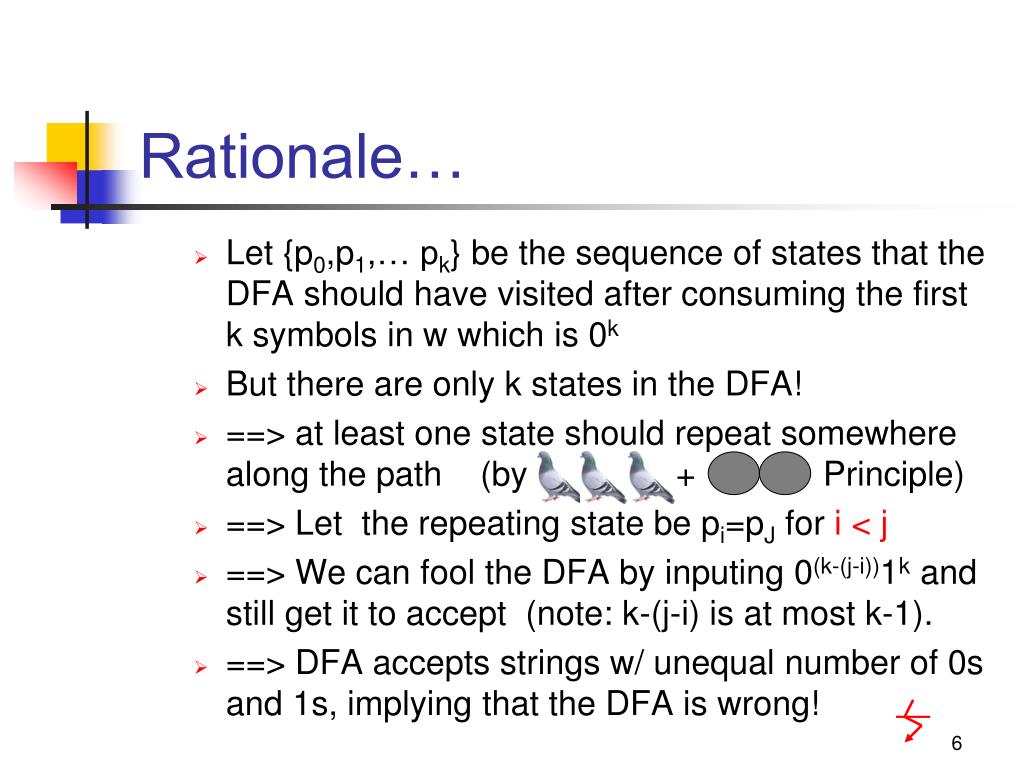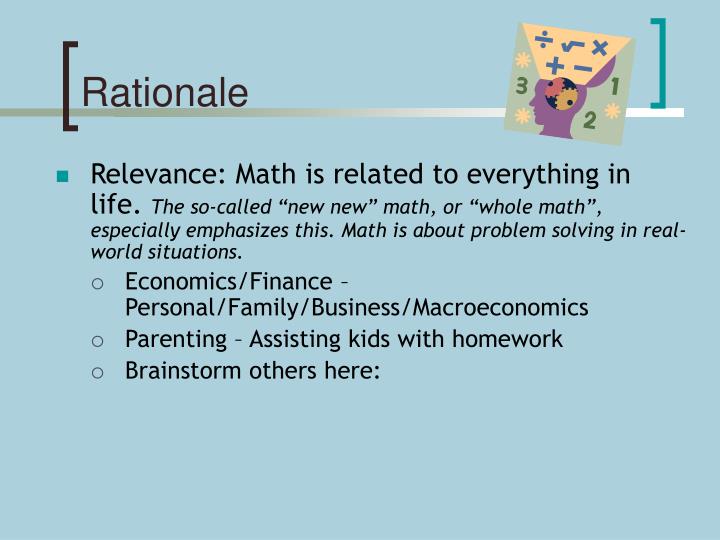

Involve infection control personnel in decisions on facility construction and design, determination of AIIR and Protective Environment capacity needs and environmental assessments Include prevention of healthcare-associated infections (HAI) as one determinant of bedside nurse staffing levels and composition, especially in high-risk unitsĭelegate authority to infection control personnel or their designees (e.g., patient care unit charge nurses) for making infection control decisions concerning patient placement and assignment of Transmission-Based Precautions
#RATIONALE AND AIM DEFINITION IB PROFESSIONAL#
Provide administrative support, including fiscal and human resources for maintaining infection control programsĪssure that individuals with training in infection control are employed by or are available by contract to all healthcare facilities so that the infection control program is managed by one or more qualified individualsĭetermine the specific infection control full-time equivalents (FTEs) according to the scope of the infection control program, the complexity of the healthcare facility or system, the characteristics of the patient population, the unique or urgent needs of the facility and community, and proposed staffing levels based on survey results and recommendations from professional organizations Make preventing transmission of infectious agents a priority for the healthcare organization.


Incorporate preventing transmission of infectious agents into the objectives of the organization’s patient and occupational safety programs Recommendation number, description, and category for administrative responsibilities #


 0 kommentar(er)
0 kommentar(er)
